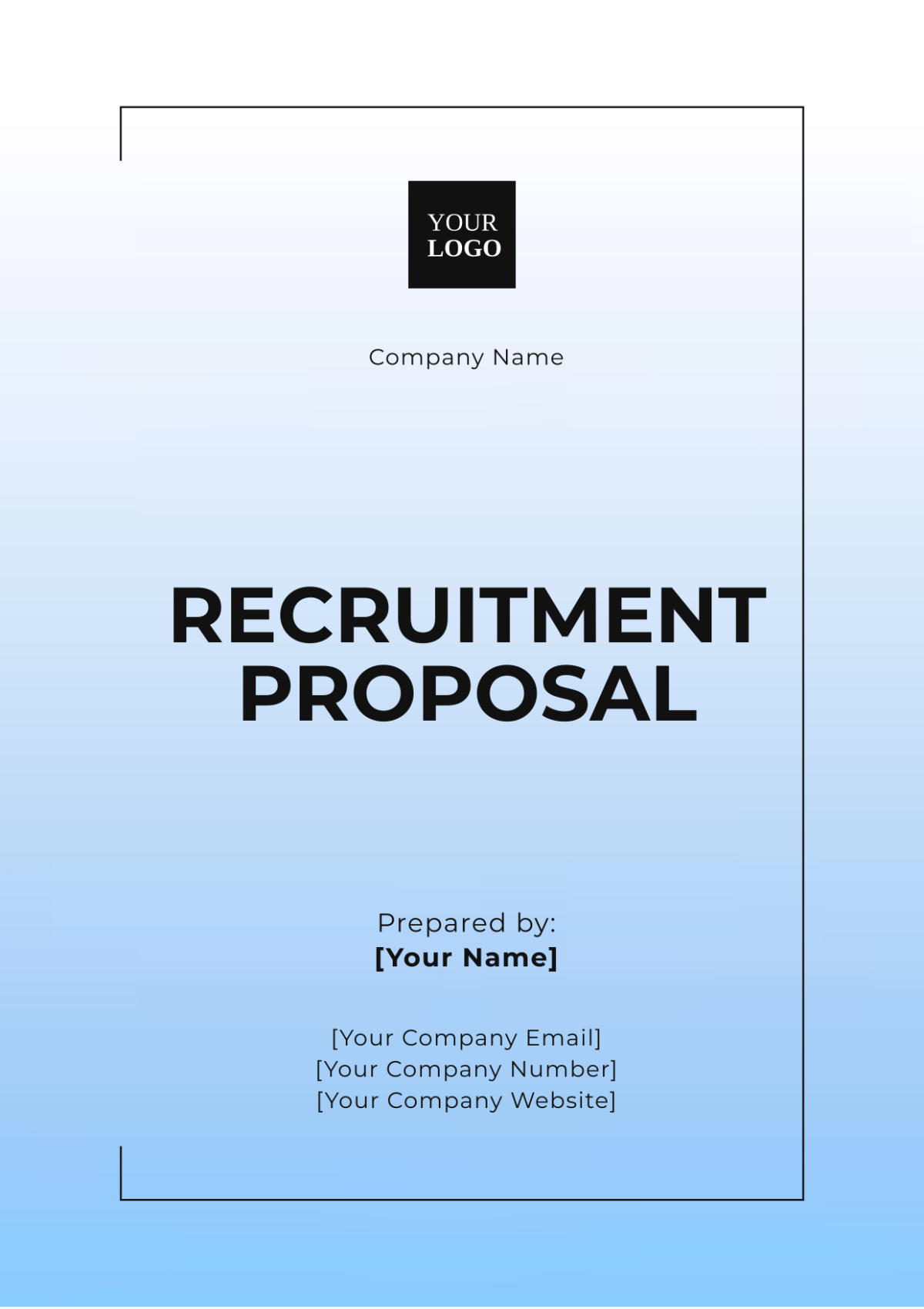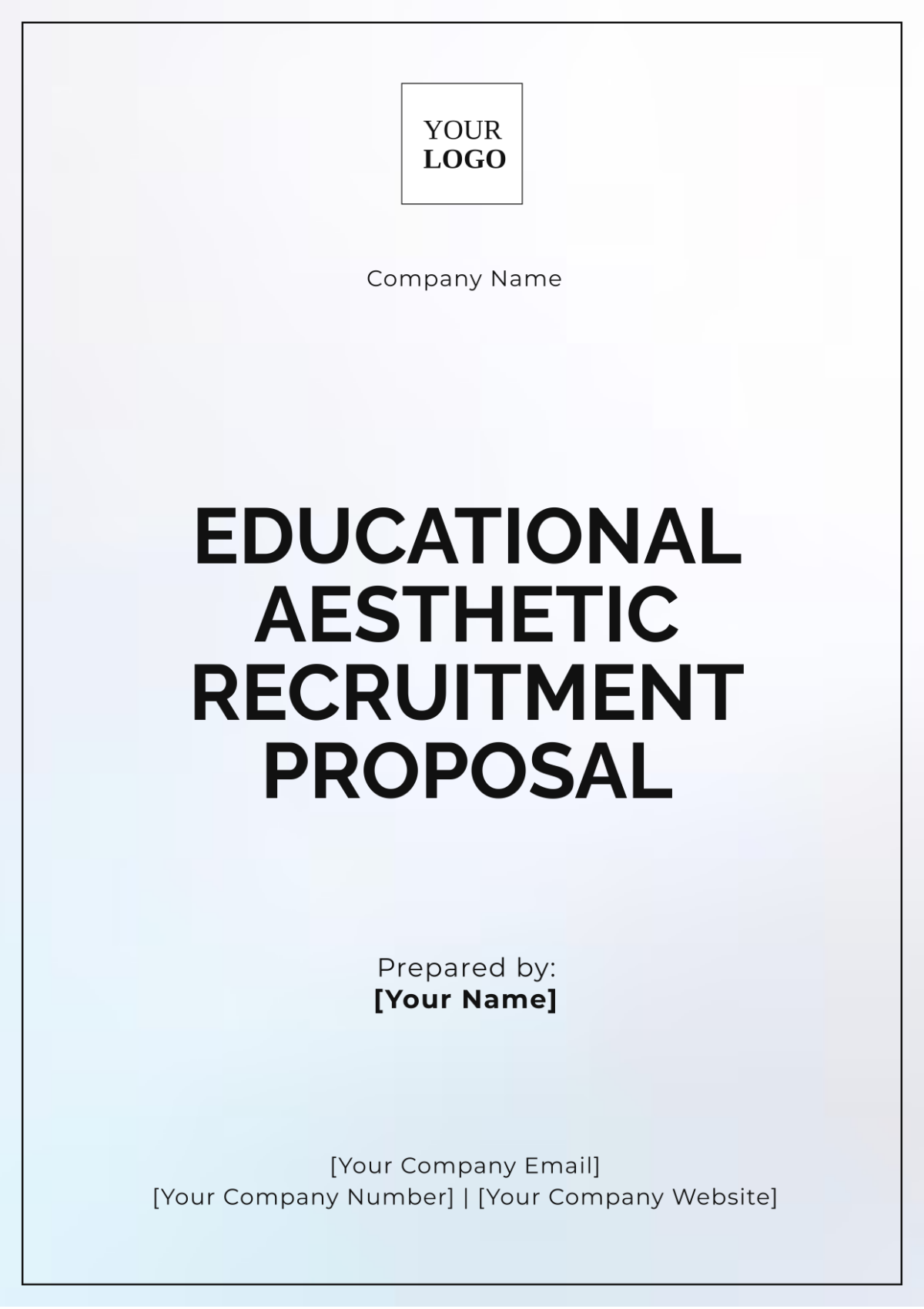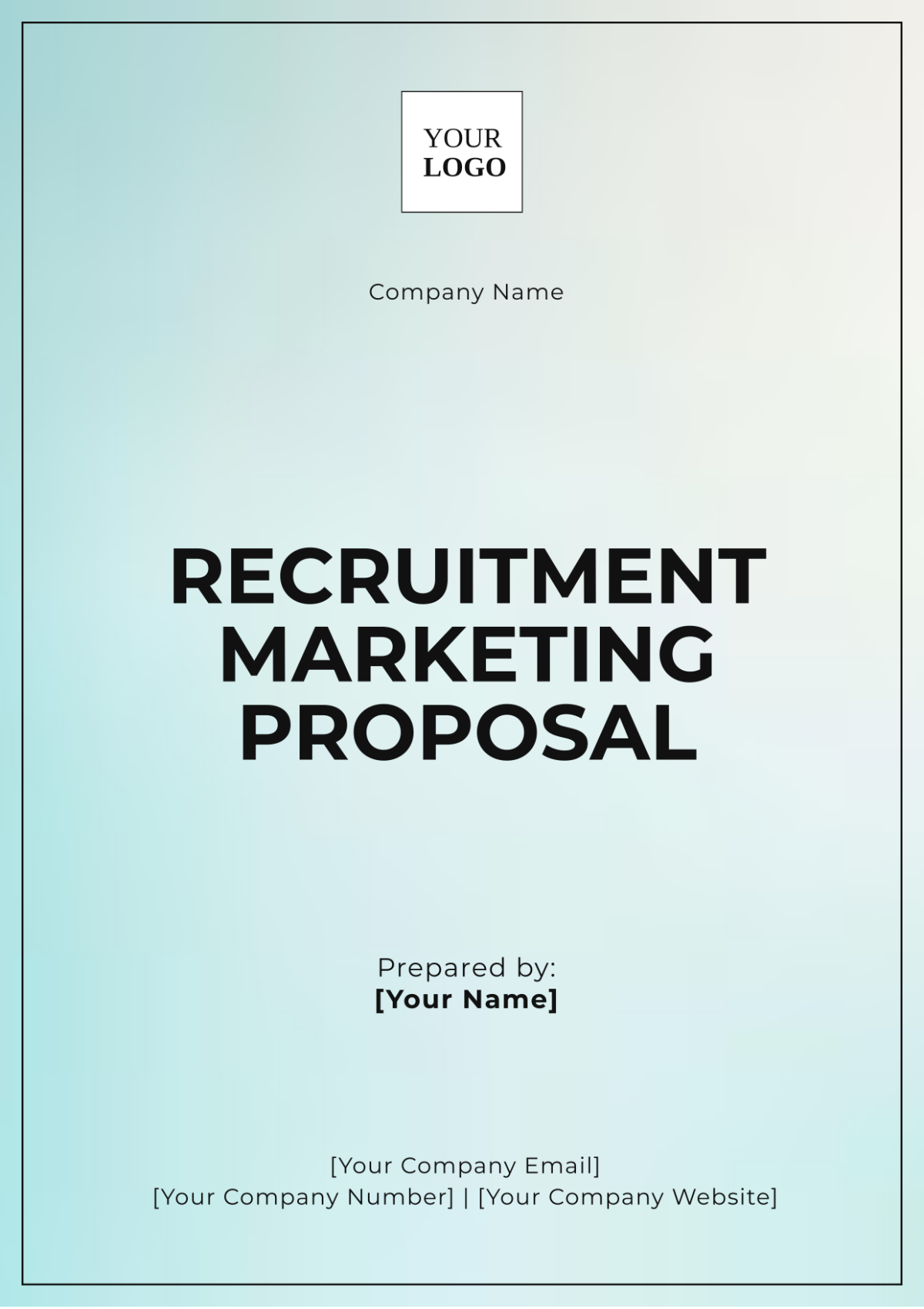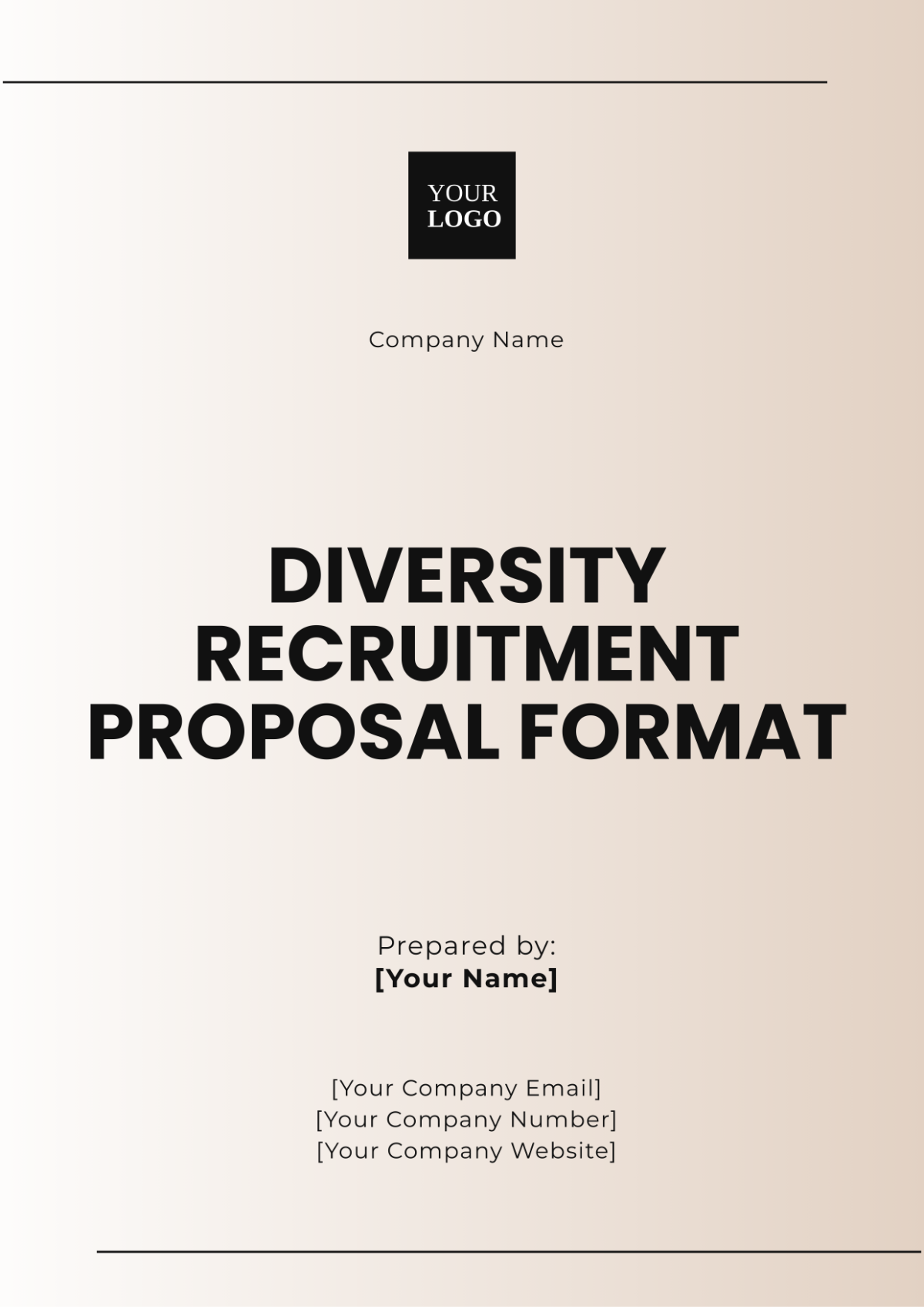Free Internal Recruitment Proposal Outline
Template.net's Internal Recruitment Proposal Outline Template is the perfect tool for structuring your internal hiring plans. This editable and customizable template allows you to present clear and professional recruitment proposals with ease. You can make quick adjustments to fit your company’s needs using the editable in our AI Editor Tool, ensuring a polished and tailored proposal every time.





























